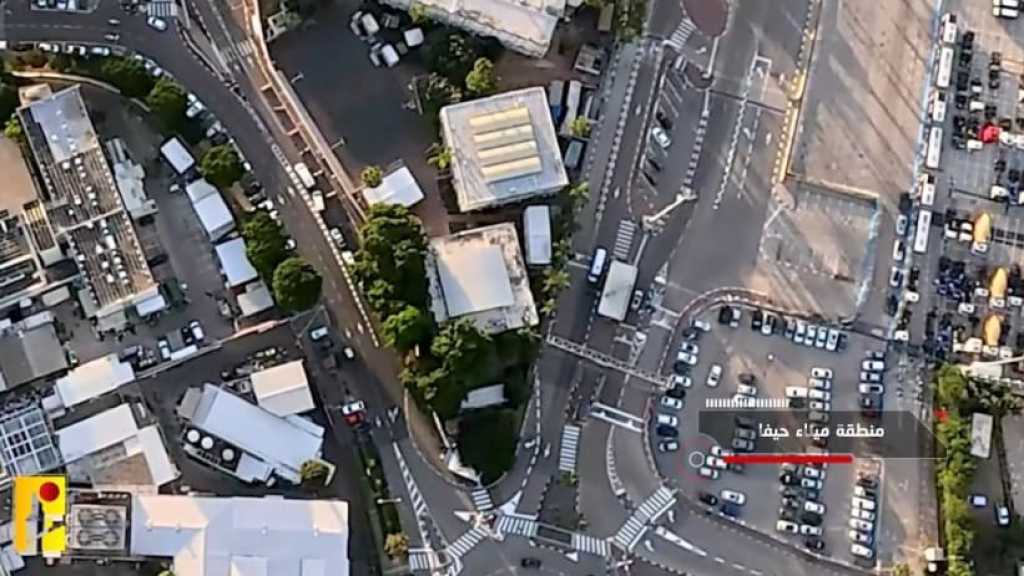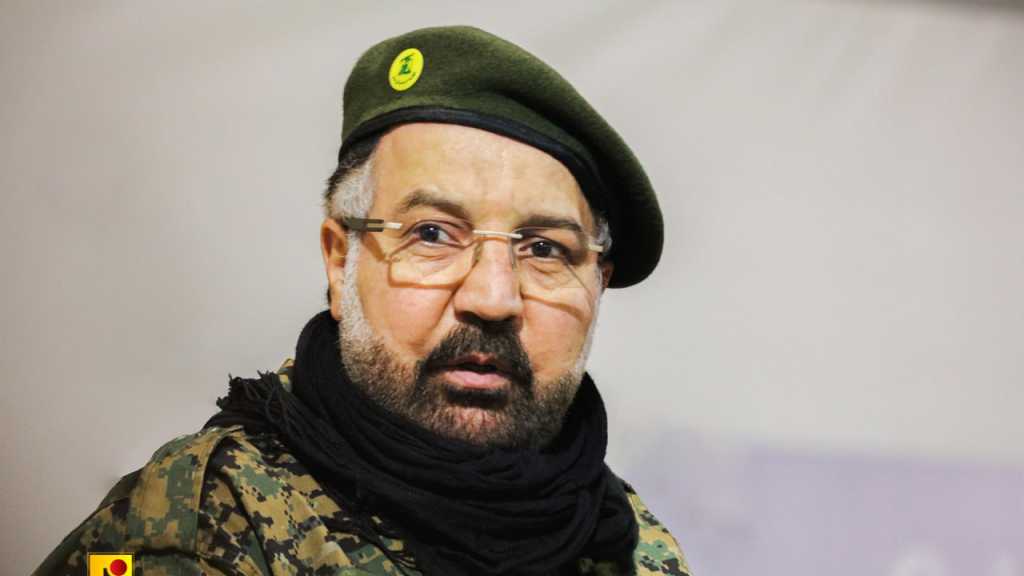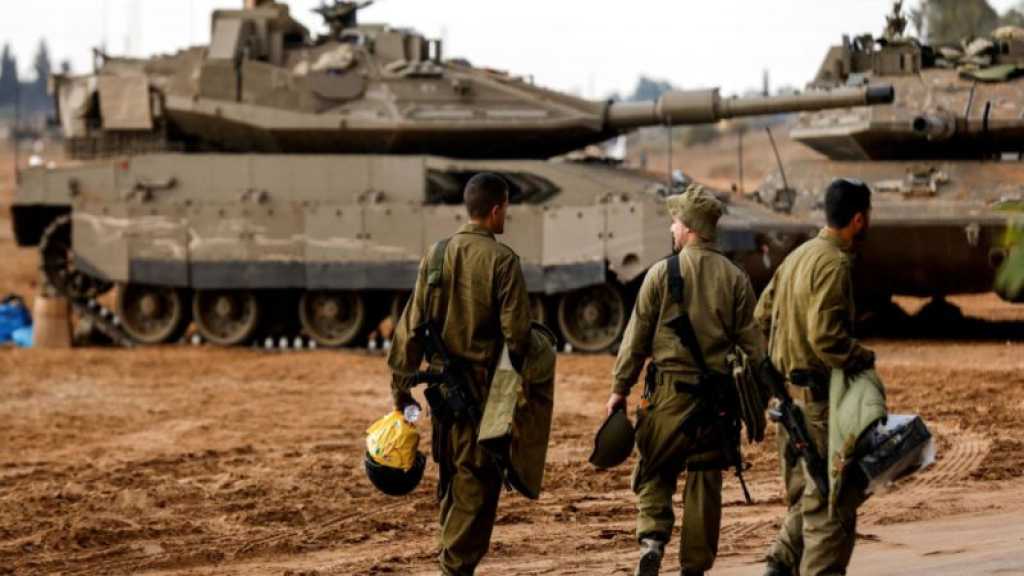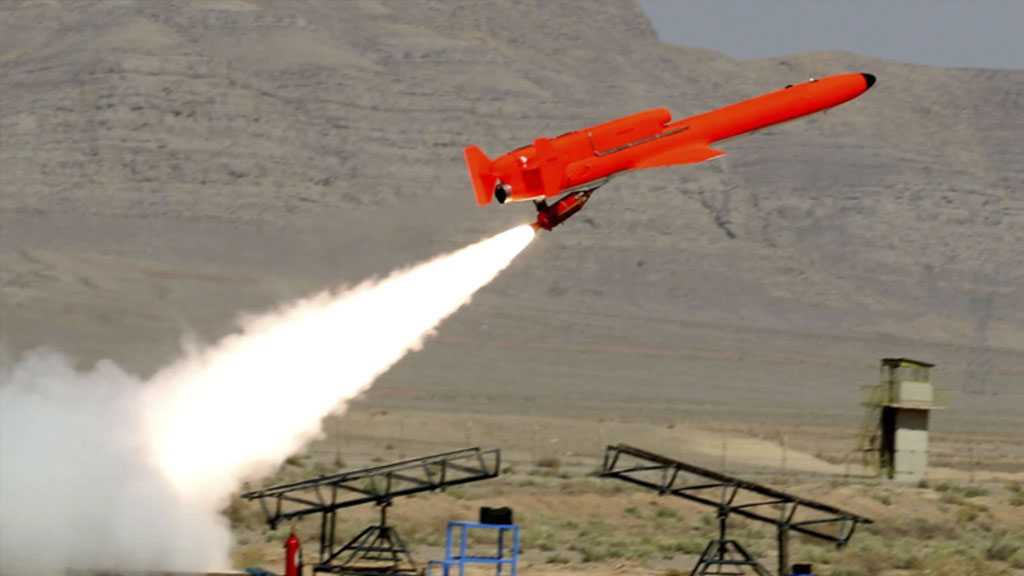Nasrallah in the “Israeli” Consciousness: An Unpleasant But an Honest Arab Leader

Yehya Dbouk
One of the most important weapons in the hands of the resistance in 2006 was Hezbollah’s Secretary General Sayyed Hassan Nasrallah. He is an active, influential and credible weapon. The enemy anticipates his appearance even before the allies do. It waits to hear his positions to be used as a sufficient indicator of what to anticipate. This is how the “Israelis” saw Nasrallah in 2006 and still do in comparison to their less credible leaders and their declining status.
From the leaks that preceded the July 2006 war, a series of studies and extensive research were conducted both inside and outside the “Israeli” security establishment. They involved research centers dealing with strategic studies in Tel Aviv that focused on the personality and charisma of Hezbollah Secretary General Sayyed Hassan Nasrallah and how he was a “lethal weapon” in the hands of the enemies – no less effective on the conflict’s outcome than the missile arsenal in Hezbollah's possession.
He is a weapon of psychological warfare, aware and well versed in the enemy’s abilities as well as its strengths and weaknesses. He also realizes the meaning of psychological warfare and its effectiveness. This awareness is not only related to influencing his supporters in Lebanon and the Arab and Islamic worlds, which “Israel” can understand, but his influence (that “Israel” regards as negative) also extends to the “Israeli” public as well as the political and military leadership.
One of these studies was prepared as an academic master's thesis and authored by the current chief of staff of the “Israeli” army, Gadi Eisenkot. The context of the study was based on his understanding of “Israel's” main enemy on the northern front. The study, from which a general description was published, is part of a series of studies that have been carried out over the past years. It examined the character of Nasrallah and his charisma, him being part of the consciousness battle as well as the military battle of the resistance fighters. According to Yedioth Ahronoth, this study is one of Eisenkot’s main contributions. It tackles Lebanon and the great threat posed by Hezbollah to “Israel”. It studies and analyzes the personality of the most important enemy leader (Nasrallah), specifically regarding his performance by analyzing his public speeches, described by both the newspaper and the study as: “getting into the enemy’s head”.
An unpleasant enemy and the leader of the Katyusha front
Early research on Nasrallah's words, status, his impact during the 2006 war, underscoring that the "Nasrallah phenomenon" and its foundations and concentration in the collective consciousness of the “Israelis” date back to the pre-war years. It is a research published weeks after the cease-fire in the “The Seventh Eye” (Issue 64, September 2006), an “Israeli” magazine devoted to criticizing and evaluating Hebrew-language media outlets and publications. The columnist, Zvi Bar'el, the Middle Eastern affairs analyst for Haaretz Newspaper, points to the following:
(Sayyed) Hassan Nasrallah represents three different personalities within the “Israeli” media and the “Israeli” public consciousness: an unpleasant enemy, the leader of the Katyusha front, an expert on military affairs and measures as well as an expert in the “Israeli” society and army. The “Israeli” leaders and public, including the pundits in the “Israeli” media waited for his speeches the same way the Lebanese and Arab leaders and public would. (…) It seems that no war in the modern era had the same share of Nasrallah’s speeches and addresses, which were affluent in facts, analyses, explanations and values as the last one had. It dominated the media’s analyses. It was also of paramount importance to denote the realities and approaching developments in the war.
In his research, Bar'el adds that the “Nasrallah media phenomenon” would not have existed in this manner and formula unless it had previously been built up for years in the “Israeli” media. Nasrallah has earned the title of the "credible person whose words have a clear impact on hundreds of thousands of “Israelis” and on “Israel” as a whole. And in the eyes of many, this man, rightly, expelled “Israel” from Lebanon and created a huge deterrent system against it.”
In signifying his status in the “Israeli” consciousness, Bar'el notes: "In short, Nasrallah, for the first time, breaks an agreed upon rule among the “Israeli” public and media: an Arab leader who does not boast; he does not lie, and his words are accurate." These qualities terrified the “Israel” broadcasting authority officials during the war. They quickly attempted to obstruct the effects of Nasrallah’s words and speeches during the battles. They subjected them to censorship and classified them as a weapon in the hands of the enemy.
Nasrallah is different from Arab leaders
Another publication in “Israel” related to the effects of the 2006 war came from the “Israeli” Media Association’s quarterly Masskrut Media’s Fall 2012 edition titled: “Hassan Nasrallah’s Television Appearance During the Second Lebanon War”. The study examined the seven speeches Sayyed Nasrallah delivered during the war, especially with regard to his verbal and nonverbal messages. The emphasis was on the latter, affecting the consciousness of the recipient by combining the words with movements and facial expressions that demonstrate truthfulness, rigor, firmness and knowledge. The long academic research is full of data, abstracts and diagrams that show the effectiveness and influence of Nasrallah’s speeches in the “Israeli” consciousness, particularly in the Second Lebanon War as an effective weapon alongside the military battle.
One of the more remarkable aspects of the research relates to the reasons given by the authors in their introduction as to why Sayyed Nasrallah was placed as a reliable and credible figure among the “Israelis” unlike previous and current Arab leaders.
One of these reasons is the collective “Israeli” will and that of its media to distort the image of Nasrallah and to undermine his credibility and his position among the “Israeli” public. This eventually backfired against the initial scheme of distortion and strengthened his image. The effect of the repeated television appearances, in sound and image, and more importantly his body language during his speeches, later enhanced his image further, especially with the coupling of his words with subsequent events and developments that indicated his credibility. This is what happened before the war, years before and after 2000 and during the 2006 war up until the present day.
The research by the “Israeli” studies over the image of Sayyed Nasrallah and its impact on the “Israeli” consciousness is endless. The samples presented here are taken from research published in “Israel”. Yet many of them have not been published and remain confined to the institutions and forums dealing with the permanent confrontation between “Israel” and Hezbollah, as is the case with studies published and discussed within the “Israeli” security establishment and its several academies.
Fighting against “Israel” without fire
18 years after the withdrawal from Lebanon in 2000 and 12 years after the war in 2006, Nasrallah’s image continues to taunt the consciousness of the “Israeli” public, leaders and security establishment. It is impossible to deny that the decision makers in Tel Aviv are aware of this phenomenon and the damage it has caused as they work hard to reduce its negative effects. However, there is a race between the plans and Nasrallah’s credibility. It appears that the latter is winning. Most “Israeli” strategists, who worked on this phenomenon and tried to limit it, excelled in describing it. They spoke about the necessity to address it. But despite all the available possibilities, they failed to develop strategies that would evolve “Israel’s” required efficiency and objectives in this confrontation.
In this regard, several articles and other research materials have been published in “Israel” and abroad on the Nasrallah phenomenon. One sample appeared in an article authored by the director of the Military and Strategic Affairs and Cyber Warfare programs at the Institute for National Security Studies in Tel Aviv, Col. Gabi Siboni. It was published in Newsweek a year ago (18-10-2017). He discussed the need to "confront Nasrallah’s intellectual speech and its negative impact on the “Israeli” public and army both during times of war and in the absence of it." Siboni stressed that the “Israeli” security establishment should develop a strategy to strengthen and fortify the “Israeli” public with regard to the efforts made by Hezbollah and its Secretary General in particular as an integral part of the preparations for a military confrontation. The intellectual elements that Nasrallah utilizes before and during the war will have a very important role in the coming confrontation, no less important than the war effort itself.
Siboni emphasizes what he calls "fighting against “Israel” without fire" in his description of the battle on the mind. The battle is against the consciousness and influence. This is a characteristic of Nasrallah's speeches. The researcher demands that those who make strategies and policies in “Israel” understand that the mind has become an integral part of the 21st century battle, and that security knowhow is now an urgent need for national security.
Siboni's references and descriptions, the demands and his insistence on these in his article as well as the refinement in his choice of words linked to the relevance of his position and his familiarity with the policies and strategies adopted and enforced by the “Israeli” army, all clearly and unequivocally indicate that “Israel” so far, 12 years after the 2006 war and despite its perception of the seriousness of Nasrallah's image engraved in the “Israeli” mind, has not yet found a “cure” for this phenomenon and its negative impact as a second weapon of Hezbollah, integrated with weapons and military efforts – before, during and after the battles.
Source: Al-Akhbar, Translated by website team
Comments




